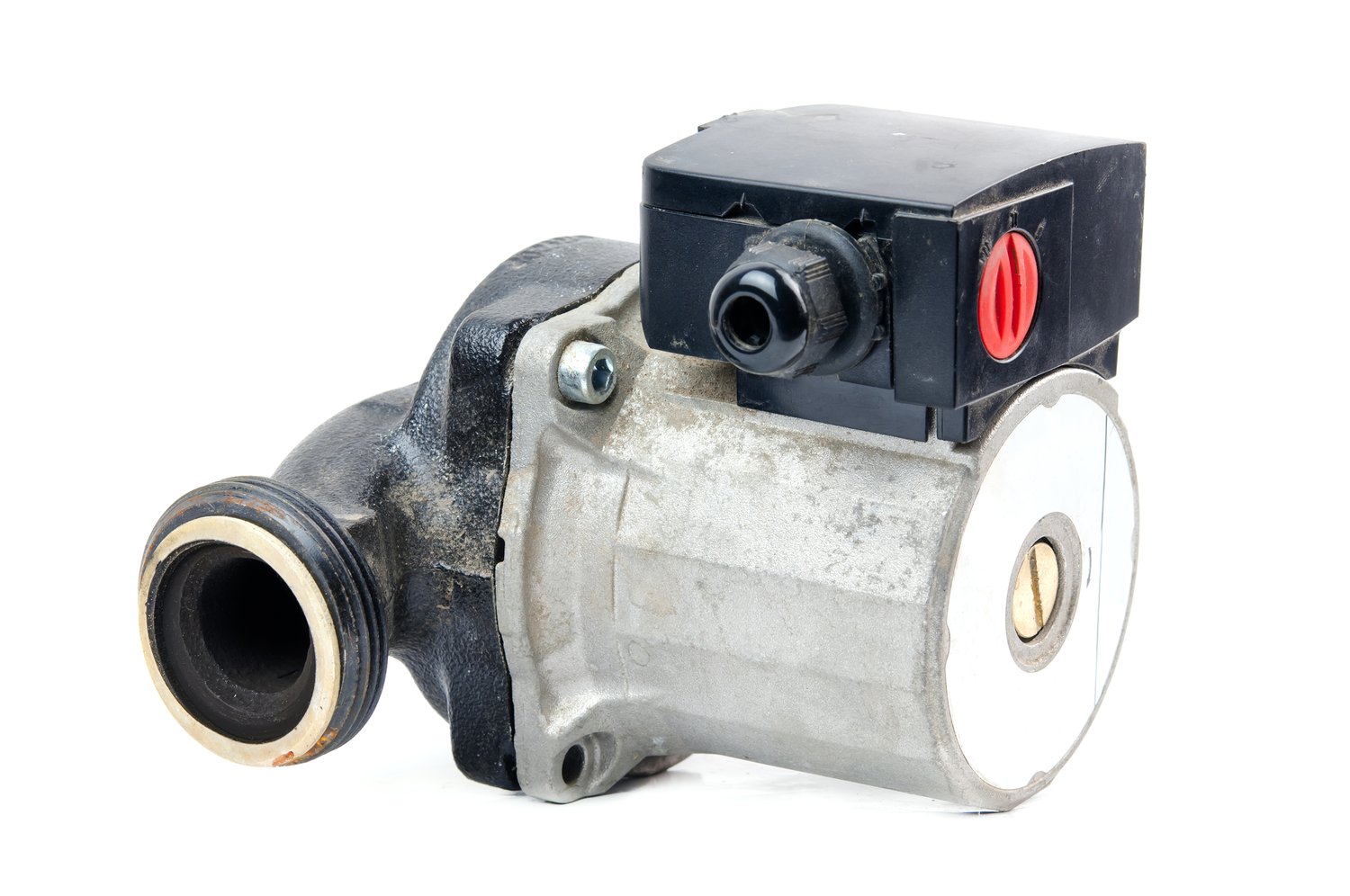Imagine stepping into your kitchen, expecting a steady flow of water, only to be met with inconsistent pressure or even silence. This often overlooked issue can stem from a malfunctioning well pump pressure switch—a vital component that ensures your water system runs smoothly. Knowing how to diagnose, adjust, or replace this crucial device can save you time, money, and frustration, while ensuring your water systems work efficiently.
- Learn to identify symptoms like fluctuating water pressure or strange noises that indicate well pump pressure switch problems.
- Discover the step-by-step process of adjusting pressure switch settings safely to optimize performance.
- Explore how to choose the right replacement pressure switch and carry out a seamless installation when adjustments don’t suffice.
By delving into these aspects, you’ll gain the know-how to maintain your well pump pressure system effectively, extending its lifespan and ensuring consistent water flow for your home or business. Whether you’re a seasoned professional or a DIY enthusiast, this guide provides actionable insights that empower you to tackle water system challenges with confidence.
Diagnosing Well Pump Pressure Switch Problems for Efficient Adjustment and Replacement
Understanding common well pump pressure switch problems is crucial for anyone looking to ensure their water system operates efficiently. One of the most prominent symptoms you might notice is fluctuating water pressure. This could indicate that your pressure switch is not functioning properly, potentially leading to inconsistent water flow throughout your home or business.
Strange noises emanating from your well pump system are another sign that something might be wrong. A recurring clicking sound, for instance, might suggest that the switch is short-cycling. Identifying these symptoms early can save you from costly repairs and extensive downtime.
To accurately diagnose the issue, begin by turning off the electrical supply to the pump. Carefully inspect the pressure gauge and observe if it is showing erratic readings. If readings are erratic or outside the normal range, further examination of the pressure switch is warranted.
Additionally, visually inspect the switch for signs of damage like corrosion, which can impede its functionality. Consider checking the water lines for any blockages, as these can sometimes mimic switch problems. By carefully evaluating these aspects, you can determine whether an adjustment or replacement of the pressure switch is the right course of action.
Steps to Adjust Your Well Pump Pressure Switch
Adjusting your pressure switch can optimize your water system’s performance when the issues are not severe enough to require a complete replacement. Start by gathering essential tools such as a screwdriver and a simple voltage tester to ensure safety during the adjustment process.
First, ensure the power to the well pump is turned off to prevent any electrical hazards. Before proceeding, confirm that all parts of the system are dry to avoid any risk of electric shock.
You’ll find the pressure switch typically near the pressure tank. Remove the cover of the switch, exposing the dual set of nuts or screws that adjust the cut-in and cut-out settings. To increase the pressure, turn these screws clockwise, taking care to make small adjustments. A quarter-turn is usually sufficient for minor tweaks.
After the adjustment, restore power to the pump and observe the system to ensure the changes have positively impacted performance. It’s crucial to not exceed the manufacturer’s recommended pressure range to prevent damage or reduced efficiency.
Safety tips such as double-checking all connections and ensuring no leaks are present before closing the switch cover will help maintain an effective adjustment. Follow these steps carefully to enhance your water system’s efficiency and reliability.
Replacing Your Well Pump Pressure Switch: A Comprehensive Guide
When your well pump pressure switch is beyond adjustment, replacement becomes essential. Choosing the appropriate pressure switch is vital to maintaining your water system’s efficiency and functionality. Here, we’ll guide you through selecting the right switch and steps to successfully install it.
Choosing the Right Well Pump Pressure Switch
Begin by identifying your system’s specific requirements. Consider factors such as the current switch’s pressure setting, voltage, and compatibility with your well pump. Opt for a pressure switch that matches or exceeds your existing system specifications to ensure optimal performance.
When selecting a new pressure switch, user reviews and manufacturer recommendations can provide valuable insights on durability and efficiency. Consult with professionals or suppliers to confirm your choice aligns with your needs.
Step-by-Step Installation Process
Before starting the installation, ensure safety by shutting off the power to your pump system. Follow these steps to replace your pressure switch:
1. Disconnect the Old Switch: Carefully detach the wires and unscrew the old switch. It is vital to remember the wiring configuration for proper reconnection.
2. Prepare the New Switch: Ensure the new pressure switch is set to the desired pressure settings. Sometimes, default settings may need adjustments for compatibility.
3. Install the New Switch: Secure the new switch in place, ensuring a snug fit to avoid leaks. Reconnect the wires according to the previous configuration, verifying that all connections are tight and correct.
4. Test the System: After installation, restore power and test the system to confirm the switch operates effectively. Adjust the pressure settings as needed to achieve optimal performance.
By following these steps and taking the time to select the right well pump pressure switch, you can significantly improve your water system’s reliability and service life. Don’t hesitate to consult a professional if any issues arise during the replacement process.
Frequently Asked Questions About Well Pump Pressure Switches
What are the signs of a faulty well pump pressure switch?
Signs include fluctuating water pressure, strange noises, or no water flow.
How do I safely adjust a well pump pressure switch?
Ensure power is turned off, then use a wrench to adjust the nut inside the switch cover.
When should a well pump pressure switch be replaced?
Replace the switch if adjustment fails to resolve issues or if the switch shows visible damage.
Which tools are needed for pressure switch replacement?
Tools needed include a wrench, screwdriver, and a voltage tester.
How can I ensure the right pressure switch for my system?
Check your system’s pressure range requirements and match them with the switch specifications.
What safety precautions should be taken?
Always disconnect power before starting any adjustments or replacements.





